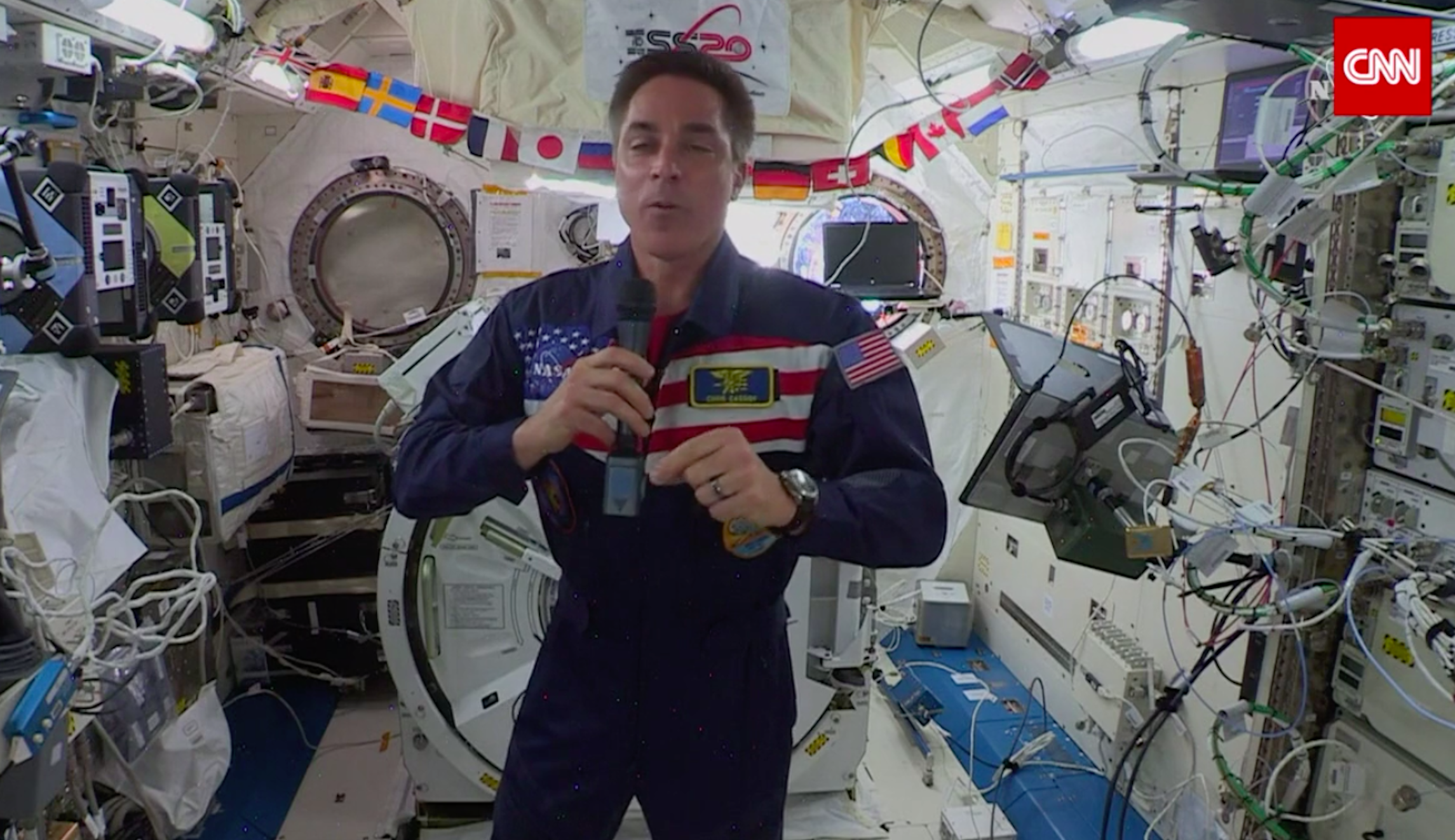
NASA has captured the first-ever photo of a planet outside the solar system with its James Webb Space Telescope, photographing an uninhabitable exoplanet previously discovered in 2017.
The exoplanet is a gas giant, meaning it does not have a rocky surface and cannot be lived on. However, the photograph opens the door to future similar developments, showing the Webb telescope is capable of capturing images beyond the solar system that can help further research on other distant planets.
SCIENTISTS CREATE OXYGEN ON MARS
“This is a transformative moment, not only for Webb but also for astronomy generally,” said Sasha Hinkley, associate professor of physics and astronomy at the University of Exeter in the United Kingdom. “It was really impressive how well the Webb coronagraphs worked to suppress the light of the host star.”
The exoplanet, named HIP 65426 b, is about six to 12 times the mass of Jupiter but only about 15 million to 20 million years old, making it one of the youngest planets, according to NASA. The planet was discovered in 2017 by the European Southern Observatory’s Very Large Telescope located in Chile, and astronomers were able to capture images using short infrared wavelengths of light.
The newly captured images were taken using longer infrared wavelengths, revealing details that were not previously seen because of the infrared glow in the Earth’s atmosphere, according to NASA.
CLICK HERE TO READ MORE FROM THE WASHINGTON EXAMINER
The image is not the first time an exoplanet has been captured on camera, as the Hubble Space Telescope has photographed exoplanets before. However, the most recent images from Webb pave the way for astronomers to use the telescope to explore exoplanets outside the solar system.
“I think what’s most exciting is that we’ve only just begun,” said Aarynn Carter, a postdoctoral researcher at the University of California, Santa Cruz, who worked on analyzing the images. “There are many more images of exoplanets to come that will shape our overall understanding of their physics, chemistry, and formation. We may even discover previously unknown planets, too.”

